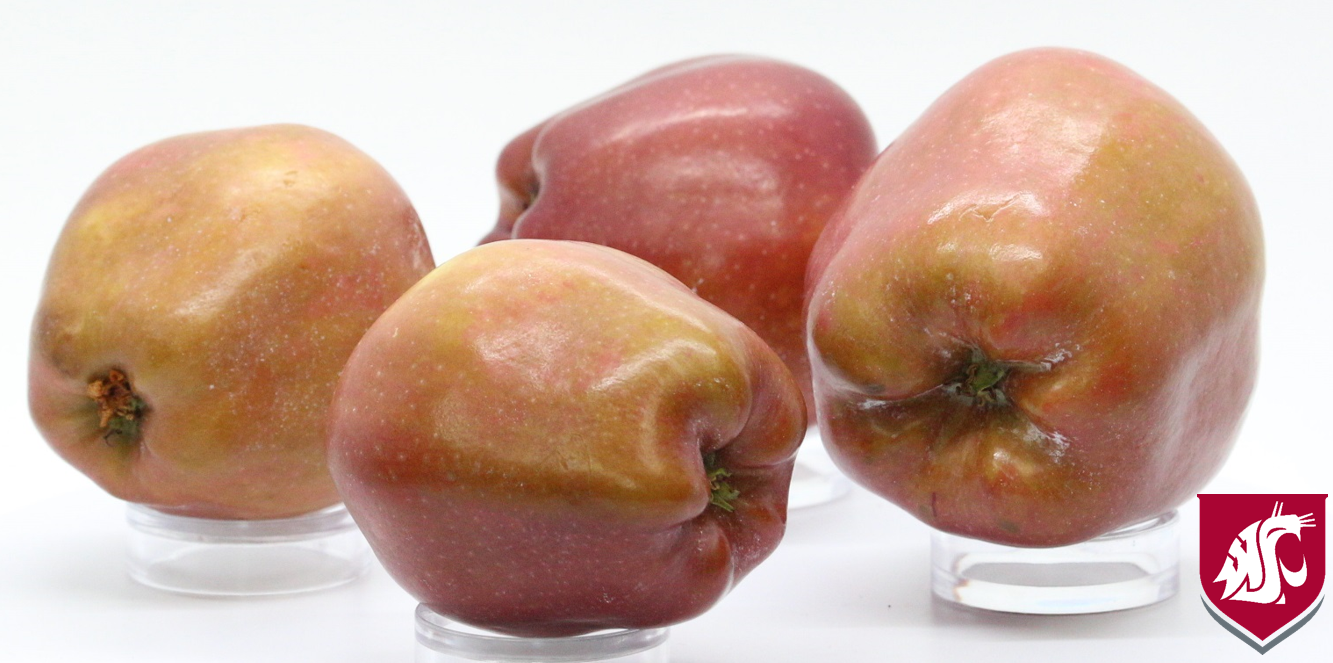Scald
- This physiological disorder is a serious concern for apple growers.
- Susceptibility to this storage disorder varies with the variety of apple, environment and cultural practices.
- Incidence and severity of scald is favored by hot, dry weather before harvest, immature fruit at harvest, high nitrogen and low calcium concentrations in the fruit.
- Inadequate ventilation in storage rooms or in packaging boxes also promotes this disorder.
Symptoms
- Irregular brown patches of dead skin develop within 3 to 7 days due to warming of the fruit after removal from the cold storage.
- The warm temperatures do not cause the scald but allow symptoms to develop from previous injury, which occurred during cold storage.
- Symptoms may be visible in cold storage when injury is severe.

Control:
- Harvesting at proper maturity and ventilation in cold storage help to reduce the scald incidence.
- The most common method used to control scald is application of an antioxidant immediately after harvest.
- Diphenylamine (DPA) is commonly used.
- Ethoxyquin is also effective for some varieties, but can cause damage to other apple varieties.
- Antioxidants should be applied within one week of harvest for maximum control.